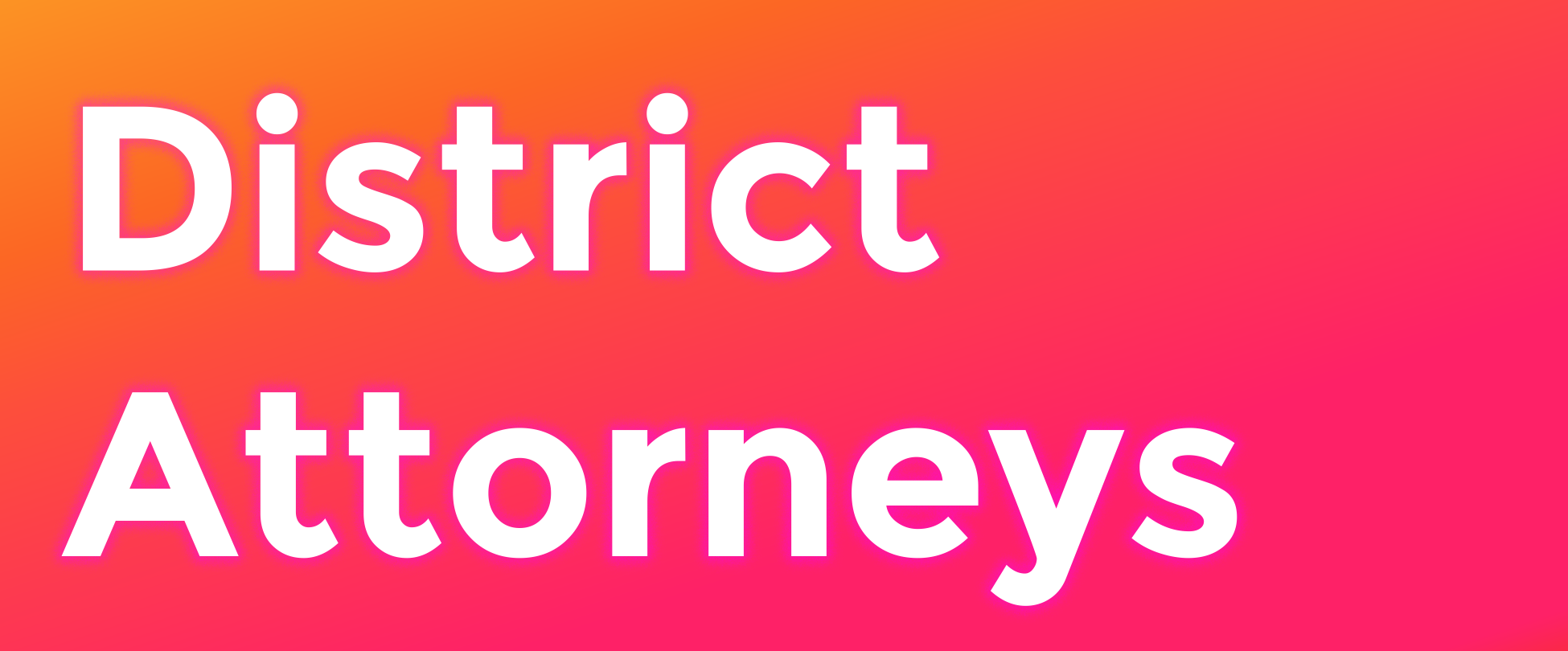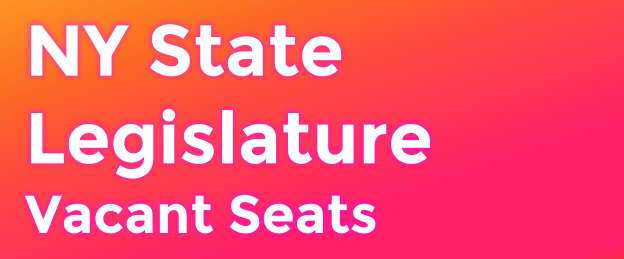
State Legislature – Vacant Seats
Job Description
The NYS Legislature is made up two houses: the State Senate, which has 63 members, and the State Assembly, which has 150 members. In total, there are 213 members of the NYS Legislature. Each of these members represents a district, and is the local voice of the people.
Members of the State Senate and State Assembly both have similar powers and responsibilities which are summarized below; however the State Senate alone can confirm certain appointments by the Governor, though the full State Legislature makes appointments to the Board of Regents, a body which supervises the State Education Department and State University of New York (SUNY).
Each house of the NYS Legislature can set its own rules in terms of how it operates, who is in charge, and how legislation is voted on. In the State Senate, there is a Temporary President who is selected among the members, while the State Assembly selects a Speaker.
Powers and Responsibilities
click for more details!
- Elects, with other members, the leadership of each house.
- The Temporary President of the Senate and Speaker of the Assembly each hires central staff, and play a large role in deciding which proposed laws can come to a vote and each house of the NYS Legislature makes decisions.
- Sits on, and possibly chairs, policy committees of each house:
- The Senate and Assembly are both divided into different committees to address policy issues – like health, education, and public safety – through legislation and reviewing the work of state agencies.
- Each member can sit on multiple committees – the leadership determines who leads and sits on the various committees.
- The Senate and Assembly are also divided into different caucuses, to represent different ethnic, political, and other groups of New Yorkers throughout the state.
Creates state policy through legislation, oversight of state agencies, and more
- Writes, proposes, and votes on new legislation, proposes changes to state law and the state constitution.
- If legislation is vetoed by the governor, the legislature can override the governor via a two-thirds vote of each house, enacting the legislation into law.
- Constitutional changes require the vote of two consecutive legislatures – meaning that the body has to vote again on any constitutional amendments after the next election. These proposals then go to the voters for approval.
- Monitors programs and services of state government and agencies (through various committees and subcommittees), to make sure state services are delivered fairly and according to law.
Determines the state’s budget, working with the legislative leadership and governor’s office.
- Reviews the governor’s budget proposal – called the Executive Budget – holding hearings and proposing changes via joint conference committees, made of members of both houses.
- Passes the final budget via legislation.
- The governor can veto individual line items of the state budget. Similar to the legislative process, the legislature can override the governor via a two-thirds vote of each house, enacting the budget items into law.
- Can propose local funding through legislative discretionary funds, working through legislative leadership.
A Few Facts
Official Title
Member of the State Legislature - Senator or Assemblymember
Branch of NY Government
Legislative
Scope of Office
State Senate District or State Assembly District
Annual Salary
$79,500; additional stipends for leaderships positions
Term Length
2 years
Term Limits
Unlimited terms
Vacant NYC Seats in the State Legislature on the 2017 Ballot
When a member of the legislature leaves mid-term, there is a vacancy that can be filled by a special election for a new representative int he district. Depending on the timing of the vacancy, there is sometimes a special election, which is called at the discretion of the governor. This year, vacancies in 3 seats will be filled during the general election to serve the remainder of the term (state legislative elections occur in even years, so the next full election will be in 2018).
Because the vacancies are being filled mid-term, a special election process was utilized for selecting the candidates who will represent the major parties. This means that the county parties – in some cases the county party leader alone – selected the nominee for each seat.
Candidates for NYS Senate
Senate
District 26
Manhattan + Brooklyn

Analicia Alexander
• Republican
Candidates for NYS Assembly
Assembly
District 27
Queens
Assembly
District 71
Manhattan

Alfred Taylor
• Democratic
Credits
Content Sources: NY Constitution Legislative Law, Article 2, Section 5, 5-a Public Officers Law, Section 42-4 State Finance Law, Article 3 New York State Division of the Budget. The Budget Process. The New York State Senate. About the Senate. The New York State Assembly. Rules of the Assembly.
Photo Source:
Team Members Involved in the Production of this Page:










